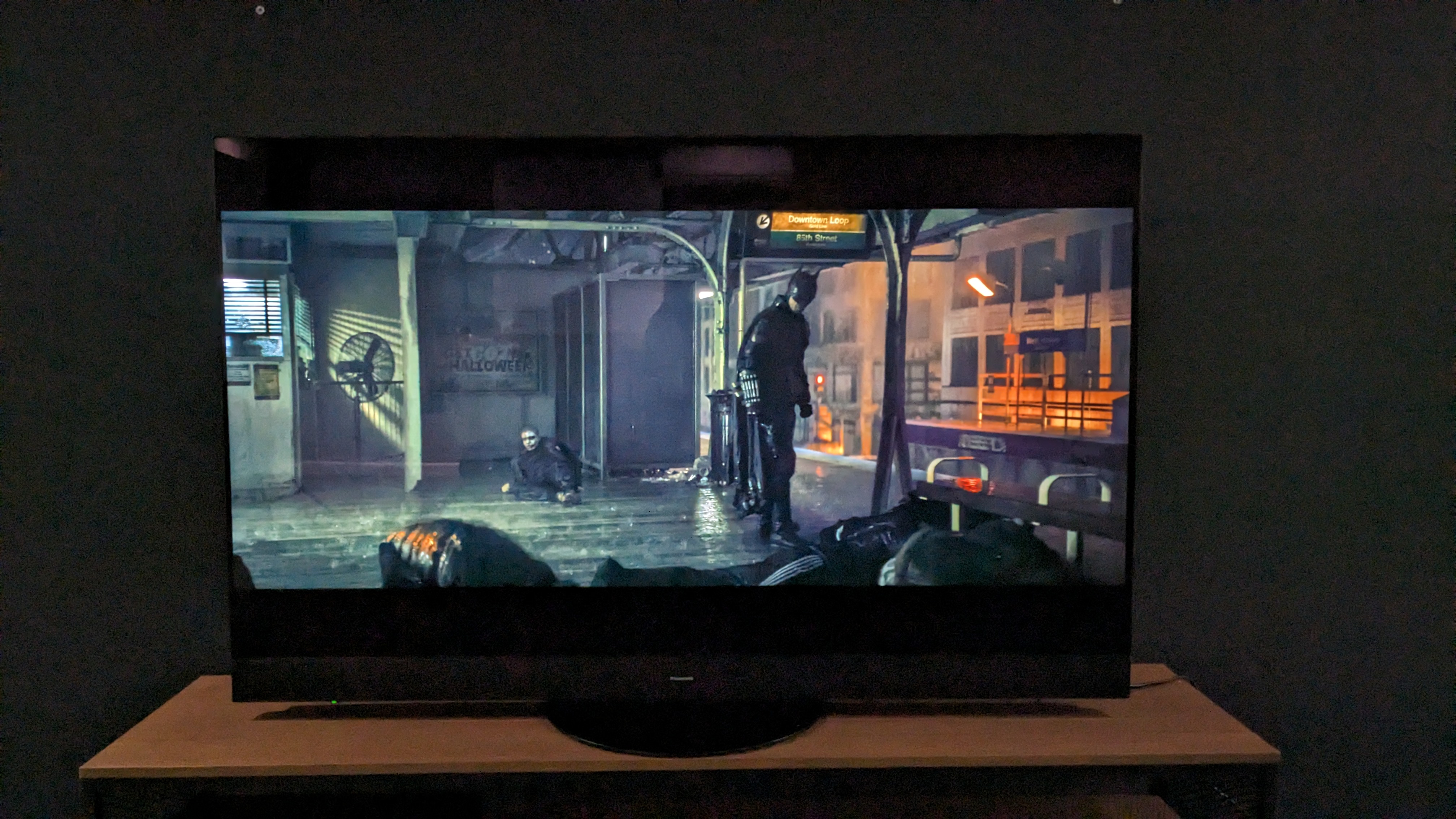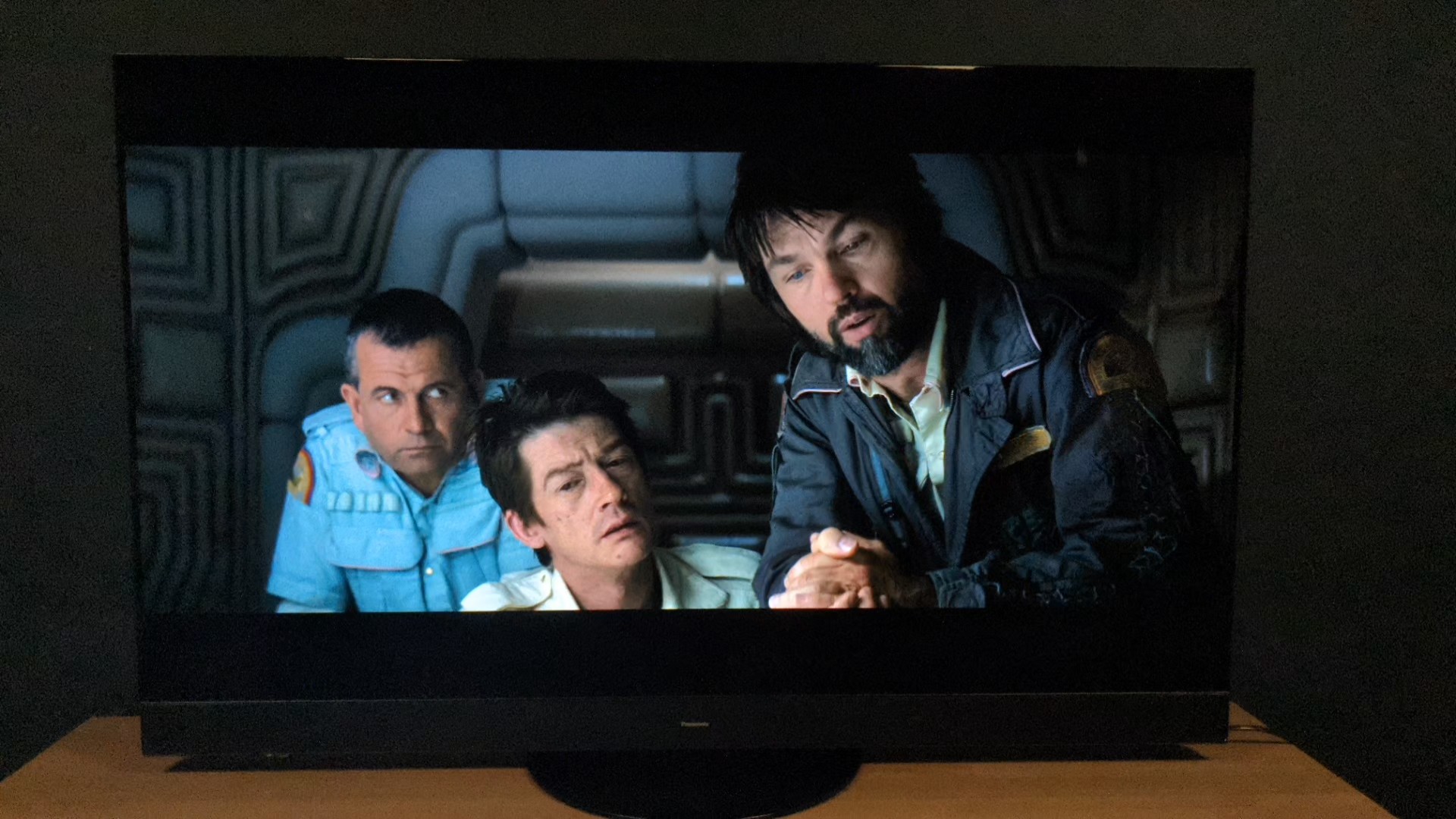
With the introduction of Blu-ray in 2006, home video began to take a giant leap forward in quality thanks to HD pictures with brighter colors and better sharpness than we’d seen at home before. Now, with 4K TVs becoming more accessible and affordable, 4K Blu-rays, introduced in 2016, give crisp picture quality for people at home with the right equipment.
The best TVs nowadays are all pretty much 4K compatible. No matter whether they are a budget set, such as the Amazon Fire TV Omni QLED, or premium, such as the LG G3, which means anyone with a 4K TV and one of the best 4K Blu-ray players (that start from as little as $100/£100/$AU299) can watch 4K Blu-rays. One slight problem: they are pricier than standard Blu-ray. They tend to average around $25/£25/AU$39, which for a single movie can be quite expensive for casual viewers.
This is where the streaming revolution comes in. Smart TVs and streaming devices give access to apps such as Netflix, Prime Video, Disney Plus and more, meaning people can watch millions of hours of movies and TV shows, in up to 4K, for set monthly fees, which ends up being significantly cheaper, and tidier, than buying hundreds of Blu-rays.
So it begs the question: why would people bother with physical media such as 4K Blu-ray anymore? As someone with experience in AV retail and now a tester of TVs, I knew there was a quality difference so I decided to check it out for myself and the results were surprising.
In John Wick 4, both Blu-ray and Prime Video looked great, but on Blu-ray (right) there are deeper black levels and stronger colors. In comparison, the Prime Video version (left) is brighter.
Pretty as a picture
For these tests, I used the Panasonic UB154, a budget 4K Blu-ray player and the Panasonic DP-UB820, a mid-range 4K Blu-ray player connected to the Panasonic MZ1500, a mid-range OLED TV, which was set to Filmmaker or Cinema picture mode, and watched the same movies on both Blu-ray and streaming.
Beginning with John Wick 4, I immediately ran into some trouble. Advertised as 4K on Prime Video, I could not get it to stream anything higher than HD (after some research I discovered I was not alone) so I opted for HD quality vs standard Blu-ray.
Switching between the two actually surprised me. The picture quality was closer than I expected. Both had crisp details and textures with true-to-life skin tones and vibrant colors with the neon in the Osaka hotel dazzling on screen, complimenting the rich, black tones. It was in contrast, however, where you could see the Blu-ray version was stronger, balancing the dark and light tones better, giving the perception of more detail overall. This could’ve been down to the Panasonic Blu-ray players, especially the UB820’s, excellent 4K upscaling, which proves Blu-ray was the better format overall.
Moving on to Godzilla vs Kong, again in 1080p HD on Netflix vs standard Blu-ray, and it was the same story. The Netflix version looked better than I expected, carrying a lot of the vivid, colorful punch on the neon signs in Tokyo that was on the Blu-ray version but again the Blu-ray version showed deeper black levels and more refined details and textures. I was still, however, impressed with how good the streaming version looked.
Finally, I managed to test a 4K Blu-ray vs a 4K stream in the fantastic re-master of Alien, which was on Disney Plus. In both versions, black levels and contrast were superb, capturing the eerie, doom-laden nature of the movie well. Textures were again sharp on both versions. Although there was that little bit more perceived definition in the 4K Blu-ray. Skin tones, for example, looked accurate on both, but more so on the 4K Blu-ray. It is worth noting that the Disney Plus version was in HDR10, whereas the Blu-ray version was in HDR10+, which gave the Blu-ray the perception of a clearer picture.
Whether it was the UB820 or UB154, Blu-ray did indeed have better picture quality overall thanks to 4K upscaling and performance, but the comparison between them and streaming was closer than anticipated.
In the images above, Godzilla vs Kong still has vibrant colors on Netflix (left) but on Blu-ray (right), the contrast is more refined and textures are sharper.
Let there be sound… there was sound
After being surprised by picture quality comparisons, sound was the next logical test. Running the Panasonic MZ1500 through a Sonos Beam (Gen 2) soundbar, one of the best soundbars at a mid-range price, I tested the same movies again. This time, the difference made itself known.
In John Wick 4, dialogue and surround effects were perfectly clear through the Prime Video stream but when the Blu-ray took over, a whole new level had been unlocked. It was louder, more powerful and more immersive. Gunfire and punches had a crushing weight behind them that the streaming version just couldn’t capture as well. Dialogue was clearer and there was a greater sense of surround, with the echoes of gunshots ringing throughout the Osaka hotel lobby.
In Alien, the Disney Plus stream was on the quieter side but still did a good job of capturing that foreboding silence with occasional interruptions of speech and clanging ship parts, but Blu-ray was best once again. The theatrical cut on the 4K Blu-ray came with a 5.1 DTS:HD Master Audio track that perfectly captured the morose, tense atmosphere aboard the Nostromo, with the louder sections such as the blasting ship engines during the landing sequence punching through the chatter and silence with a force the Disney Plus version couldn’t match.
For Godzilla vs Kong, the story was the same. The roars and shrieks from Kong and Godzilla sliced through the room with more heft when played through the Blu-ray compared to streaming. The crunching blows and shattering of buildings during their climatic fight scene had more direction through the room and just more power altogether. This not to say the Netflix sound was bad, just that the Blu-ray did it better.

Final thoughts
When I put both Blu-ray and streaming in as close to the same conditions as possible, I was pleasantly surprised by just how close the picture quality battle was. Both had excellent details and colors that would make any viewer happy, although for the real movie lover, Blu-ray had the upper hand thanks to better contrast levels, despite streaming offered a suitable alternative.
But for those looking for the full experience, Blu-ray is the way to go thanks to its superior sound. Power, immersion and balance are all much better on Blu-ray than streaming and really give you that ‘home cinema’ feeling. We found out that earlier this year Disney may be killing off 4K Blu-ray and called it a crime against movie fans, and I wholeheartedly agree.
Ultimately, it’s down to your preference. Streaming offers a more cost effective way to view more movies and TV shows, and saves space on discs around the house. But Blu-ray offers better picture, superior sound and stability (thanks to not having to rely on Wi-Fi). All I know is, I’m going to be buying more Blu-rays in future. Now if I can just find somewhere to put them all…
You might also like...
- 5 reasons why you need a 4K Blu-ray player
- Magnetar UDP800 review - premium 4K Blu-ray player
- Apple 4K (2022) TV review







